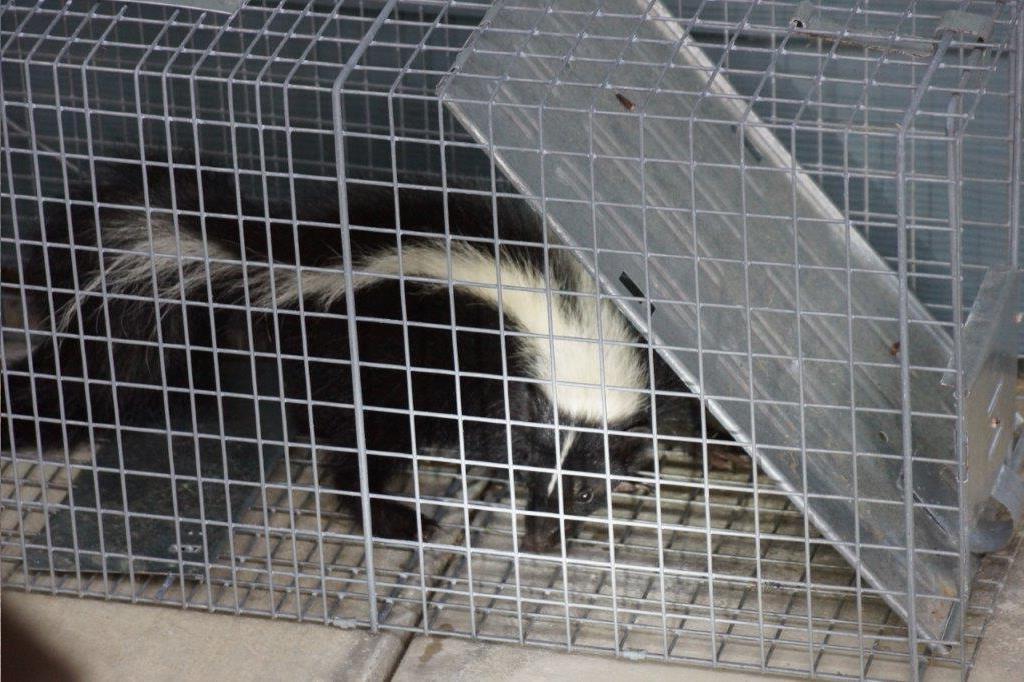
A skunk isn't exactly a beloved animal; the mass media has ensured that by wildly exaggerating the skunk's identity as a stinky animal to get a few laughs. In reality, though, they are fascinating creatures.
They stand out with their alluring coat of black and white hair, and just like opossums, they are immune to snake venom. They spray a foul-smelling oily liquid, but only when they feel threatened by predators or humans, and that too sparingly, since it takes a whole week to reload the anal glands which produce the liquid. In fact, perhaps conscious of the effects of the deadly weapon that they possess, they will give a clear warning before spraying; they will turn their back to you, stamp their feet and hiss audibly.
What a cool bunch, right? However, just like other members of the animal kingdom, they need to live somewhere; they need a place called home. It can be quite interesting to learn about the habitats of these intriguing creatures.
Where in the world?
The famous striped skunk is native to North America and is mostly found in Northern Mexico, throughout the United States, and in Central Canada. The spotted and hog-nosed types are mostly located further south in Central and South America, however, they have also been found in Canada. If you happen to live in Florida, you'll find skunks everywhere, except in the Keys.
Wild or urban?
Like many other animals, skunks can be found both in wild and urban areas, as long as there is a reliable water source within two miles of their homes.
Skunks in the wild
Skunks take the phrase "Home Sweet Home" to the next level since they tend to stick very close to their homes. As mentioned above, they will carefully choose their homes depending on the availability of water sources nearby.
They don't venture more than two miles from home and mostly stay in a range between half a mile and one-and-a-half miles from their den. This may be explained by the fact that their homing instincts are very poor, and it's easy for them to get lost once they venture too far from home.
Their habitats in the wild include grasslands, prairies, woods, and brush.
Skunks in urban areas
Another cool skunk feature is their ability to easily adapt to various areas which explains why they end up thriving in urban areas as well. They have a high tolerance for humans. Therefore, they can mostly be found in houses, garages and various buildings.
What does a skunk home look like?
In the wild, skunks employ their long claws to dig dens to live in. However, they have no problem with residing in dens abandoned by other animals such as foxes and woodchucks. They like to line their dens with grass, leaves, and hay. Other preferred locations for the home are hollow logs, brush and woodpiles. They also dig complex burrows, which can have up to three chambers and five entrances.
In urban areas, skunks are known to dig burrows underneath porches, houses, and garages.
Go back to the Saratoga County wildlife removal home page.